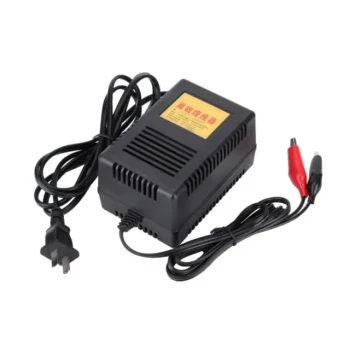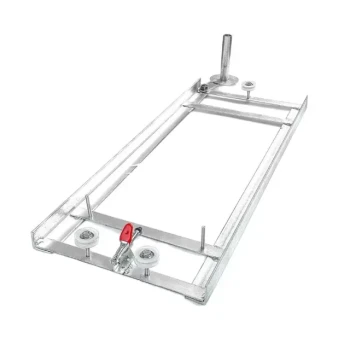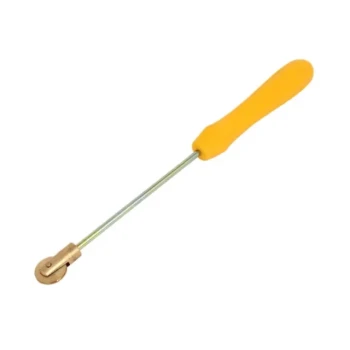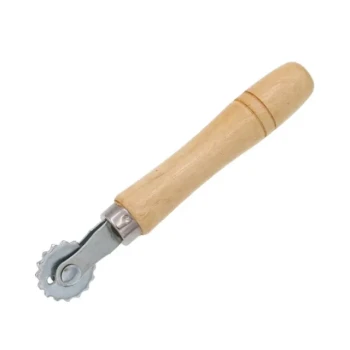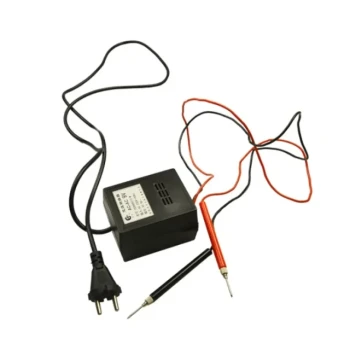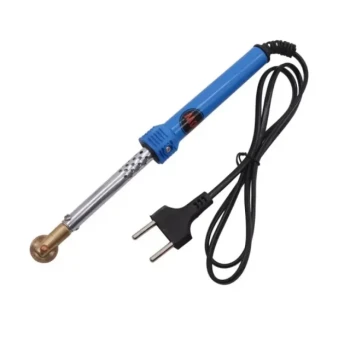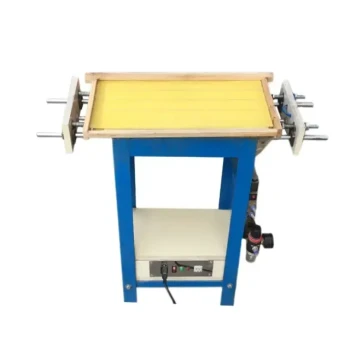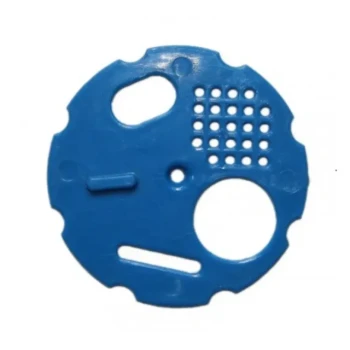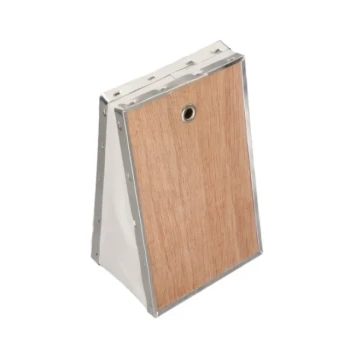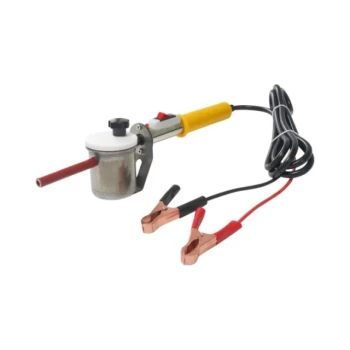For wiring bee frames, the industry standard is a thin metal wire, typically 26-gauge stainless steel or tinned steel. The primary purpose of this wire is to provide a rigid internal support structure for the wax or plastic foundation, preventing it from sagging, warping, or breaking under the weight of honey and the intense heat of a hive.
The choice of frame wire is less about finding a single "correct" type and more about understanding the trade-offs between longevity, cost, and ease of use. Your goal is to create a durable support system that prevents comb failure during inspections and honey extraction.
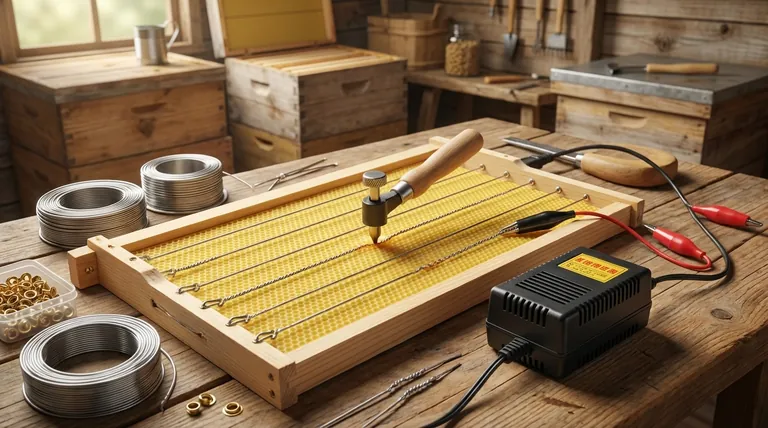
The Fundamental Role of Frame Wire
Wiring frames is a foundational step in beekeeping that ensures the long-term integrity of your comb. Without this support, the delicate wax foundation is highly prone to failure.
Preventing Foundation Sag
Beeswax becomes soft and pliable in the heat of a hive, which can easily exceed 95°F (35°C). The immense weight of stored honey and brood will cause an unsupported wax sheet to stretch, sag, and even collapse, ruining the comb.
Reinforcing for Honey Extraction
During honey harvesting, frames are placed in an extractor that uses centrifugal force to spin out the honey. An unwired comb is simply not strong enough to withstand these forces and will shatter, resulting in a frustrating loss of honey and drawn comb.
Ensuring Straight, Even Comb
A taut wire grid provides a clear guide for the bees, encouraging them to build straight, even comb within the confines of the frame. This makes hive inspections dramatically easier and prevents the bees from building problematic "cross comb" that connects multiple frames.
Choosing Your Wire Material
Your main decision is between stainless steel and tinned steel. Both are effective, but they serve different priorities.
Stainless Steel Wire
Stainless steel is the premium choice for beekeepers focused on durability. It is highly resistant to corrosion and will not rust, even when exposed to the moisture and natural acidity of honey. This wire can last for many years, making it a "buy once, cry once" investment.
Tinned Steel Wire
Tinned steel wire is a more economical option. The thin tin coating provides a layer of protection against rust, but it can wear away over time. While perfectly functional, it may need to be replaced sooner than stainless steel, making it a good choice for those on a tighter budget.
Understanding Wire Gauge and Style
Beyond the material, you will also see options for wire thickness (gauge) and style (straight vs. crimped).
The Significance of Gauge
Wire thickness is measured in gauge, where a higher number indicates a thinner wire. The most common and versatile option is 26-gauge wire, as it offers a perfect balance of strength and flexibility. Thicker wires (like 24-gauge) are stronger but harder to work with, while thinner wires are less obtrusive but can break more easily when tensioning.
Straight vs. Crimped Wire
Straight wire is the traditional, basic option. Crimped wire (also called wavy wire) has small, uniform crimps along its length. These crimps help the wire grip the wood and hold tension more effectively, making it slightly easier to achieve a tight, long-lasting setup.
Critical Techniques for Success
Properly installing the wire is just as important as choosing the right type.
Use Eyelets or Staples Correctly
To prevent the wire from cutting into the soft wood of the frame when tightened, you must reinforce the holes. You can use small brass eyelets pressed into the holes or place staples approximately 1/16th of an inch from each hole to serve as a guide.
Achieve Proper Tension
The goal is to tighten the wire until it is taut, often described as a "dull guitar string" sound when plucked. If the wire is too loose, it provides no support. If it is overtightened, it can bow the wooden sidebars of the frame, causing spacing issues in the hive.
Embedding the Wire
Once the frame is wired and the foundation is in place, the final step is to embed the wire into the wax. This is done by running a special tool called a spur embedder along the wire or by passing a low-voltage electrical current through it, which gently heats the wire and causes it to sink perfectly into the foundation.
Making the Right Choice for Your Hive
Your final decision should be based on your specific goals and budget.
- If your primary focus is longevity and low maintenance: Choose 26-gauge stainless steel wire, as it will resist rust and last for many seasons.
- If you are working on a tight budget: Tinned steel wire is a perfectly functional and cost-effective alternative for getting started.
- If you want the easiest installation and best tension: Opt for crimped (wavy) wire, as it is more forgiving and holds its tension more effectively.
Properly wired frames are the backbone of a strong, healthy, and productive beehive.
Summary Table:
| Wire Type | Best For | Key Characteristic |
|---|---|---|
| Stainless Steel | Longevity & Low Maintenance | Highly rust-resistant, durable |
| Tinned Steel | Budget-Conscious Beekeepers | Cost-effective, functional |
| 26-Gauge (Standard) | Versatility & Ease of Use | Ideal balance of strength and flexibility |
| Crimped (Wavy) Wire | Easier Tensioning | Holds tension better than straight wire |
Build a Stronger Hive with Professional-Grade Supplies
Properly wired frames are the foundation of a productive apiary. For commercial beekeepers and equipment distributors, using the right materials is critical for efficiency and honey yield.
HONESTBEE supplies the durable, high-quality beekeeping supplies you need. We provide wholesale-focused operations with the reliable equipment—including premium frame wire—that supports large-scale success.
Let us help you strengthen your operation. Contact our team today to discuss your supply needs and get a quote.
Visual Guide
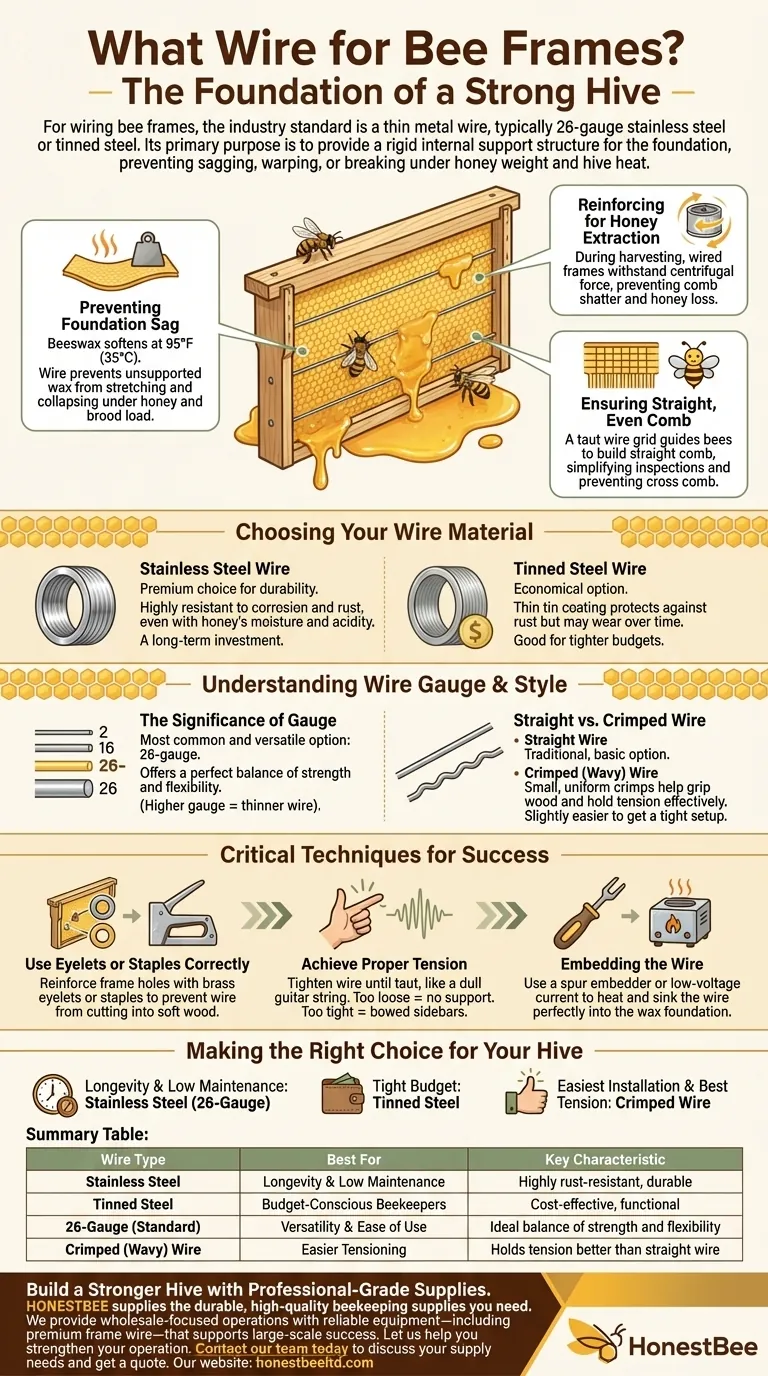
Related Products
- HONESTBEE AC Powered Wire Embedder with Alligator Clips
- HONESTBEE Professional Frame Wiring Board and Jig
- Stainless Steel Bee Hive Frame Wire for Beekeeping
- Manual Spur Wheel Wire Embedder for Foundation
- Honestbee Wooden Handle Steel Spur Wheel Wire Embedder
People Also Ask
- What safety precautions are advised for beekeeping with hive tools? Master Safe Handling for Calm, Efficient Hives
- How are eyelets installed in the frame? Protect Your Beehive Frames from Wire Damage
- How is the wire tightened in the frame? Master the Winch Technique for Perfect Tension
- What additional equipment can be used in beekeeping besides the basic hive components? Essential Gear for Every Beekeeper
- Why is wiring a frame important in beekeeping? Prevent Comb Collapse & Maximize Harvests
